Abies Procera Tree
- November 30, 2023
- 0 comment
How Do I Identify Abies Procera?
The Abies procera, commonly known as the Noble Fir, stands as a majestic symbol of evergreen grandeur in the coniferous forests of the Pacific Northwest. With a straight trunk soaring to impressive heights of up to 70 meters, this iconic tree commands attention with its stately presence. The needles of Abies procera are characterized by a rich, deep green hue, arranged in a spiraled fashion along the branches, imparting a dense and lush appearance. Notably, the Noble Fir boasts a symmetrical conical shape, further enhancing its aesthetic appeal as a popular choice for Christmas trees. Its bark, smooth and grayish-brown when young, matures into a distinctive, fissured texture with age.

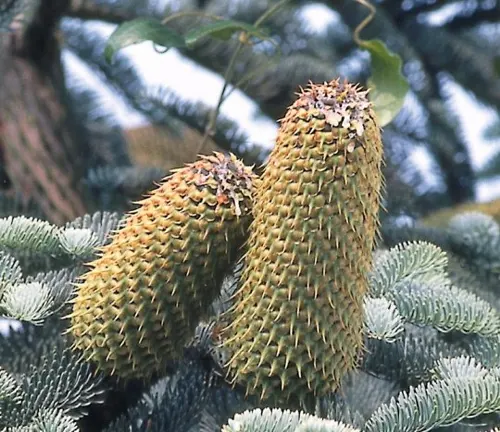
Beyond its ornamental value, Abies procera holds ecological significance as a vital component of the forest ecosystem. The tree provides habitat and sustenance for various wildlife species, from birds to mammals. In addition, its timber is prized for its high quality, featuring straight grain and exceptional strength. The wood finds application in construction, particularly for framing and manufacturing furniture.
Cultivation of the Noble Fir often involves well-drained soils and a temperate climate, mirroring the conditions of its native habitat. This species exemplifies resilience, adapting to diverse environments and showcasing adaptability to different soil types. The Abies procera, with its towering stature and versatile utility, continues to be an emblematic presence in both natural landscapes and human traditions.
| Attribute | Description |
|---|---|
| Scientific Name | Abies procera |
| Common Name | Noble Fir |
| Height | Up to 70 meters |
| Needle Color | Deep green |
| Needle Arrangement | Spiraled along branches |
| Shape | Symmetrical conical |
| Bark | Smooth and grayish-brown when young, fissured with age |
| Habitat | Coniferous forests of the Pacific Northwest |
| Ecosystem Role | Provides habitat and sustenance for wildlife |
| Timber Qualities | High quality, straight grain, exceptional strength |
| Common Use | Christmas trees, timber for construction and furniture |
| Cultivation | Well-drained soils, temperate climate |
| Adaptability | Adapts to diverse environments, various soil types |
Botanical Beauty of “Abies Procera Tree”

In the lush landscapes of the Pacific Northwest, the Abies procera, or Noble Fir, stands as a botanical marvel, captivating all who encounter its majestic presence. With a towering height that can reach up to 70 meters, this coniferous giant boasts a straight trunk and a symmetrical conical shape, adorned with needles of a deep, enchanting green. The beauty of Abies procera lies not only in its imposing stature but also in the intricate details of its bark, which evolves from smooth and grayish-brown in youth to a distinctive, textured surface as it matures.
Woodland Elegance
The elegance of the Noble Fir extends beyond its botanical allure to the quality of its wood. Abies procera timber is highly prized for its straight grain and exceptional strength. This woodland aristocrat finds its place in construction and furniture, contributing a touch of natural sophistication to human-built environments.
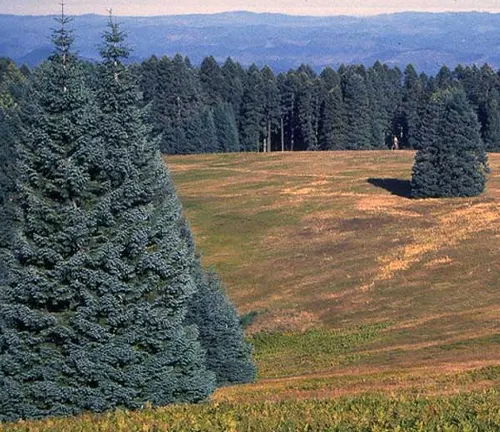
Ecological Importance

As a cornerstone of the Pacific Northwest’s coniferous ecosystems, the Noble Fir plays a vital role in supporting diverse wildlife. Its branches provide shelter for birds, while its needles offer sustenance to various mammals. In this symbiotic dance with nature, Abies procera underscores the interconnectedness of the forest ecosystem, emphasizing the importance of its preservation.
Cultivation and Conservation
Cultivating Abies procera requires an understanding of its preferences—a temperate climate and well-drained soils mirror its native habitat. Conservation efforts are crucial to ensuring the continued thriving of this remarkable species. Preserving the habitats that support the Noble Fir safeguards not only its existence but also the ecosystems it sustains.
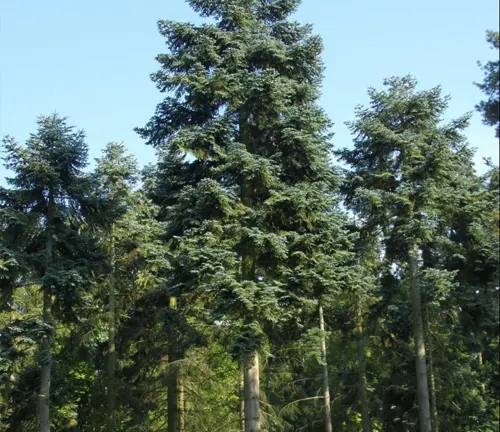
Fragrance
A distinctive feature of Abies procera is its enchanting fragrance. The tree exudes a delightful scent, particularly noticeable when its needles are gently brushed or crushed. This olfactory contribution adds an extra layer of charm, making the Noble Fir a sensory delight in the forest and a popular choice for holiday celebrations.
Soil Stabilization
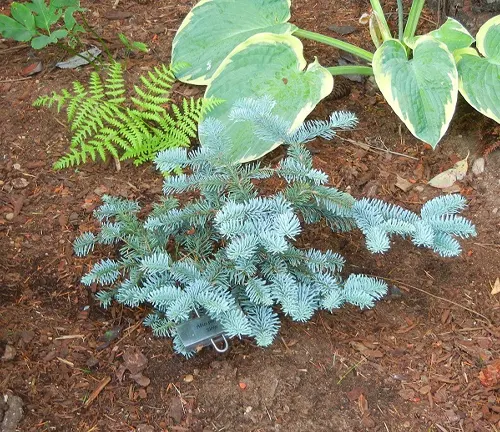
Beyond its aesthetic and olfactory appeal, the Noble Fir plays a practical role in the environment. Its extensive root system aids in soil stabilization, helping to prevent erosion and maintain the integrity of the forest floor. This unseen contribution underscores the multi-faceted importance of Abies procera in maintaining the health of its habitat.
Common Uses
While its primary role in the forest ecosystem is undeniable, Abies procera has found a place in human traditions. The tree’s symmetrical shape and rich green needles make it a sought-after choice for Christmas trees, adorning homes with a touch of natural elegance during the festive season. This cultural connection further enhances the significance of the Noble Fir in the human experience.
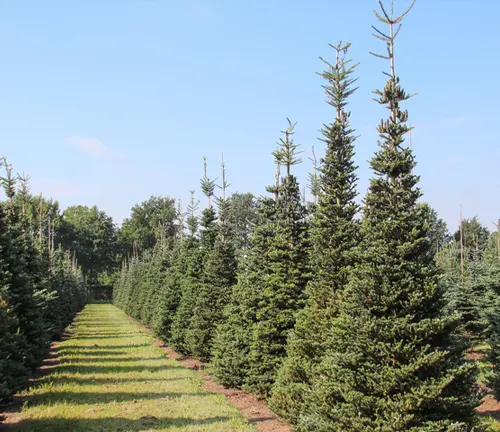
Benefits
The benefits of the Abies procera extend far beyond its visual and practical contributions. From its role in sustaining wildlife to providing timber for construction, this remarkable tree embodies the delicate balance between nature and human interaction. Recognizing and appreciating the myriad benefits of the Noble Fir reinforces the importance of conservation efforts to ensure the enduring legacy of this botanical treasure.
Different Species
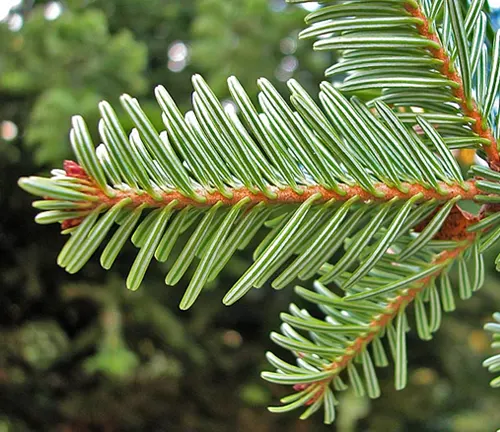
Abies alba
(European Silver Fir)
Native to Europe, it is known for its silver-gray bark and long, cylindrical cones.
Abies balsamea
(Balsam Fir)
Found in North America, it is recognizable by its dark green needles and aromatic resin.
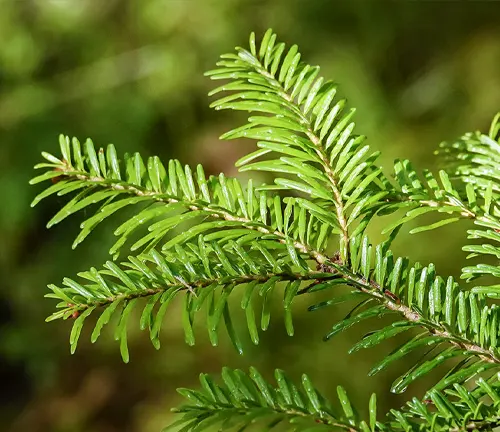
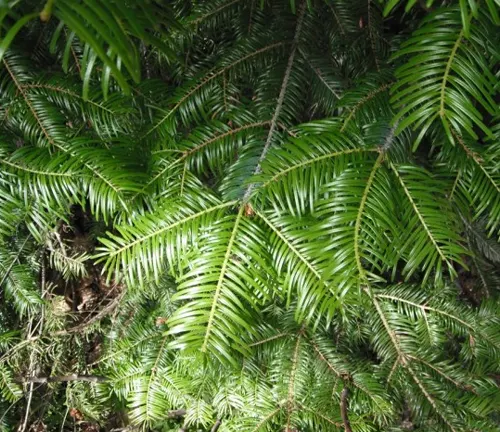
Abies grandis
(Grand Fir)
Native to the western United States, it has a large, straight trunk and glossy green needles.
Abies lasiocarpa
(Subalpine Fir)
Thrives in mountainous regions of North America, featuring short needles and upright cones.

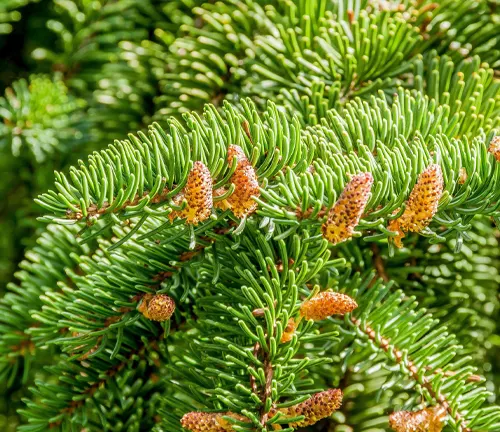
Abies nordmanniana
(Nordmann Fir)
Native to the Caucasus region, it is often used as a Christmas tree, known for its symmetrical shape and glossy, dark green needles.
Abies numidica
(Algerian Fir)
Endemic to Algeria, it has short needles and a conical shape, adapted to the mountainous terrain.
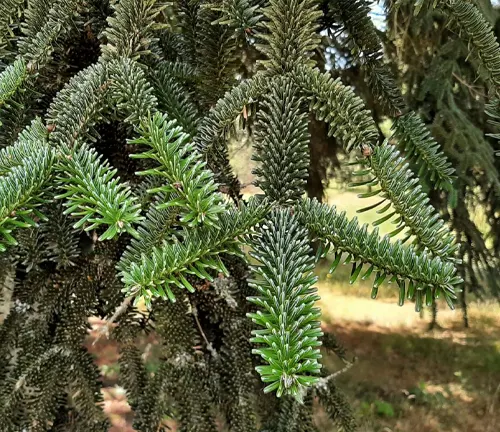
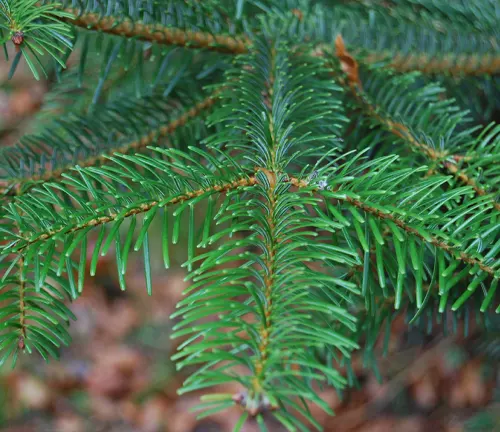
Abies sibirica
(Siberian Fir)
Native to Russia, Mongolia, and northern China, it is characterized by its short needles and dark purple cones.
Abies veitchii
(Veitch’s Fir)
Found in Japan, it has striking silver-blue needles and an elegant, pyramidal shape.

Frequently Asked Questions (FAQs)
- What is Abies procera?
Abies procera, commonly known as the Noble Fir, is a large evergreen tree native to the Pacific Northwest. It is celebrated for its majestic appearance and is often used as a Christmas tree. - What are the key features of Abies procera?
The Noble Fir is characterized by its straight trunk, symmetrical conical shape, and deep green needles. The bark evolves from smooth and grayish-brown to a textured surface as the tree matures. - Where does Abies procera thrive?
Abies procera is typically found in coniferous forests of the Pacific Northwest, favoring temperate climates and well-drained soils. - How tall can Abies procera grow?
The Noble Fir can reach impressive heights of up to 70 meters, making it one of the taller species of fir trees. - What is the ecological importance of Abies procera?
Abies procera plays a vital role in supporting wildlife by providing habitat and sustenance for various species. Its conservation is crucial for maintaining healthy forest ecosystems. - How is Abies procera cultivated?
Cultivation of the Noble Fir involves providing conditions similar to its native habitat, including a temperate climate and well-drained soils. - What is the fragrance of Abies procera like?
Abies procera emits a delightful fragrance, especially noticeable when its needles are gently brushed or crushed. This makes it a popular choice for holiday celebrations. - How does Abies procera contribute to soil stabilization?
The extensive root system of the Noble Fir aids in soil stabilization, helping to prevent erosion and maintain the integrity of the forest floor. - What are the common uses of Abies procera?
Abies procera is commonly used as a Christmas tree due to its symmetrical shape and rich green needles. Additionally, its high-quality timber is valued in construction and furniture. - Why is conservation important for Abies procera?
Conservation efforts are crucial to ensure the continued thriving of Abies procera and to preserve the ecosystems it supports, emphasizing the interconnectedness of nature and human interaction.


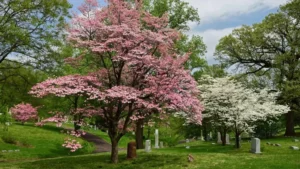
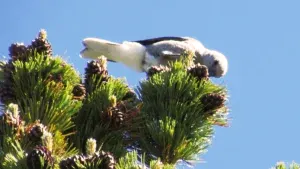


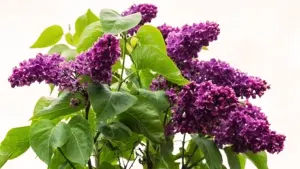
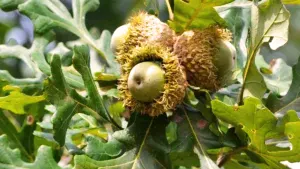
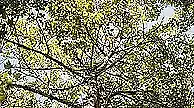
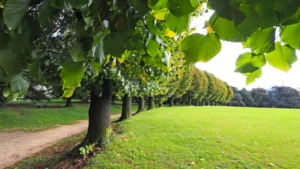


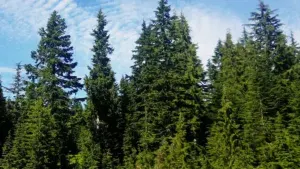
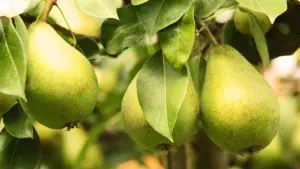
Leave your comment